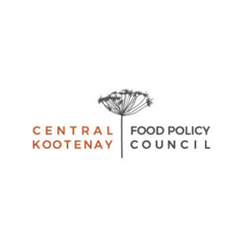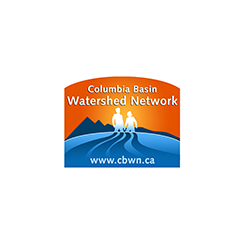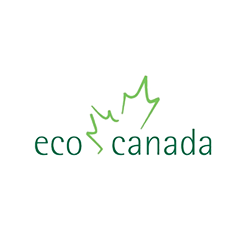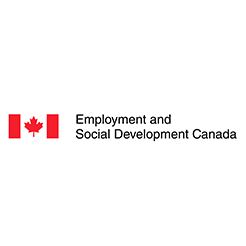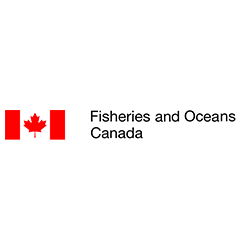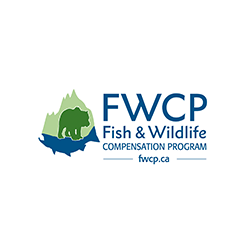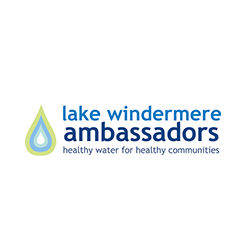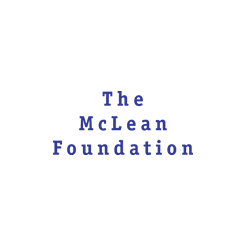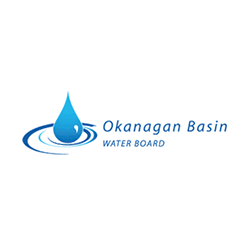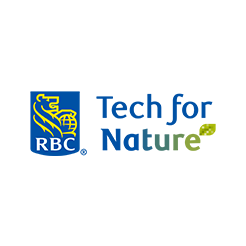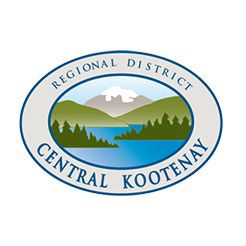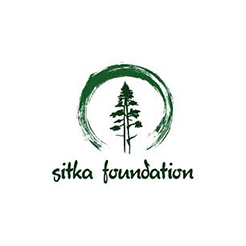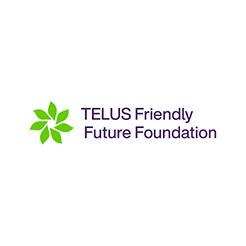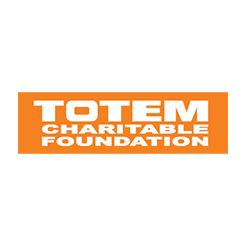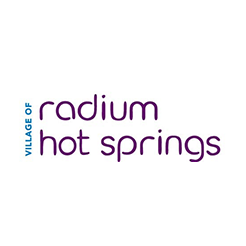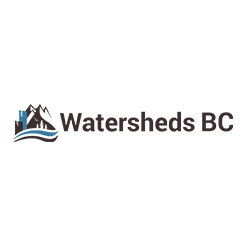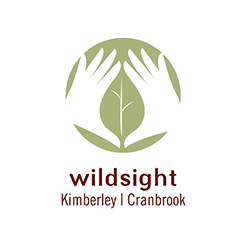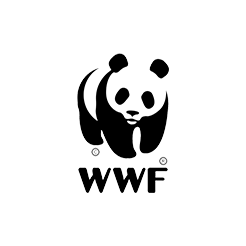2022
Impact Report
Photo by Sarah Pasley, Assiniboine Lake, BC • 2022 Lake Biodiversity Photo Challenge

From Our Executive Director
It has been a whirlwind year of extraordinary growth for Living Lakes Canada. We have expanded existing programs and created new ones. And while this report provides brief highlights of 2022, it does not fully demonstrate the nature of the relationships we were able to foster that are foundational to our water stewardship work.
Applied Reconciliation was and will continue to be the most important lens for our water stewardship work. One of the greatest learnings for us this year was with Brian Holmes and the Upper Nicola Band, working together to build a lake survey framework that finally embodies Indigenous guiding principles alongside a colonial monitoring protocol. These principles will allow for an applied shift in worldviews that will improve the possibilities of healing relationships with our lakes, with Mother Earth, and with each other.
In the Canadian Columbia Basin, climate change is impacting mountain ecosystems. We are also past peak flow from glacial runoff in this region. We successfully implemented the Columbia Basin Water Monitoring Framework in three pilot areas to begin collecting the data needed to track and model climate impacts on the region’s hydrological cycle and eventually support future community water budgeting information.
To learn more about climate impacts, we also developed and tested a new High Elevation Monitoring Program in two different mountain ranges in the West Kootenays. The Kootenay Watershed Science program successfully completed another year of streamflow data collection, marking over 10 years of long-term data monitoring. Our Columbia Basin Groundwater Monitoring Program expansion included seven new monitoring wells, bringing the 2022 year-end total to 29 active wells.
The biomonitoring programs continued to help pilot innovative technologies for assessing freshwater health. We applied the Foreshore Integrated Management Planning protocol to three more priority lakes in the Columbia Basin to assess lake foreshore health and help inform lake management policies. Across the country, our National Lake Blitz program grew exponentially while raising awareness of the importance of water monitoring to better understand climate impacts on lake ecosystems.
The Columbia Basin Water Hub data repository expanded to over 250 publically available data sets in 2022, including data from all of Living Lakes Canada’s programs, and saw an increase in traffic averaging 400 users per month. We further developed our youth-focused programming across all our program areas; and continued to advocate for improved policy and legislation around freshwater protection as an active member of the B.C. and federal water advocacy coalitions.
In reporting on the achievements of Living Lakes Canada, we continue to acknowledge that this work is only possible because of our funders, our partners, and our dedicated team of board directors, advisors, staff, and contractors.
In closing, while our 2022 Impact Report summarizes last year’s activities, it also foreshadows the extent of the work yet to come. People are rightly concerned about their respective watersheds and source water, and wish to help build adaptation options for their communities and the ecosystems that support them. Moving forward, Living Lakes Canada will continue to build synergistic relationships based on mutual trust and respect to increase our collective resilience.

Kat Hartwig, Executive Director
eDNA water samples collected
Citizen scientists trained
Data sets made publicly available
Sites Monitored
Living Lakes Canada acknowledges that our water stewardship work originated in the unceded traditional territories of the Ktunaxa, Secwepemc, Sinixt and Syilx Nations who have stewarded these lands for generations. Recognizing Indigenous People as the rightful caretakers of their unceded territories, we work to complement their intergenerational water stewardship initiatives.
Applied Reconciliation
Applied Reconciliation refers to all of Living Lakes Canada’s efforts to decolonize our relationship with water. We are aligning our water monitoring work with Indigenous values to support holistic and sustainable watershed management. Living Lakes Canada upholds Indigenous ways of knowing, intergenerational work, and the interweaving of these Traditional Knowledge systems for collective water stewardship action.
In 2022, the entire Living Lakes Canada team completed The Fundamentals of OCAP® training (the First Nations principles of Ownership, Control, Access and Possession) to better understand Indigenous data rights. A data sharing agreement was signed with the Shuswap Band outlining data confidentiality and sharing permissions.
Groundwater monitoring sites were established in collaboration with the Yaq̓it ʔa·knuqⱡi ‘it (Tobacco Plains Band) and a groundwater monitoring training was held for five youth in the ʔaq’am Guardians in Training program. Living Lakes Canada also supported the purchase of monitoring equipment for a collaboration between the Yaqan Nukiy (Lower Kootenay Band) and the University of Victoria to monitor the Goat River in the Creston Valley where agricultural pressure and climate impacts are affecting water levels.
Members of the Okanagan, Secwépemc and Ktunaxa First Nations worked with the Columbia Basin Water Monitoring Framework to identify Indigenous water concerns and priorities within two hydrological areas of the Basin. With the BC Wildlife Federation, we co-hosted two Elder Engagement sessions for Shuswap Band and Akisqnuk First Nation members to record their concerns specifically around Windermere Creek, located in one of the project’s pilot areas.
In 2022, Living Lakes Canada began developing a FIMP Indigenous Knowledge and Values Framework in partnership with the Upper Nicola Band. The goal of this project is to develop protocols to better acknowledge and interweave Indigenous knowledge and cultural values into the federal lake survey protocol. The resulting Framework will be applied and field-verified during the summer of 2023 with a re-survey of Nicola Lake.
“Developing the Indigenous framework alongside Foreshore Integrated Management Planning (FIMP), incorporates a missing perspective that will help address lake health. This work with Living Lakes Canada is supporting Reconciliation and is inclusive of two worldviews necessary to stop the loss of sensitive shoreline habitat.”
Brian Holmes, Upper Nicola Band Councillor


Columbia Basin Water Monitoring Framework
Studies show that glaciers in the Canadian Columbia Basin are disappearing at an accelerating rate. Research also suggests that the runoff supplied by glacial melt to summer streamflow has already passed peak volume. With climate change, precipitation in the region is expected to increasingly fall as rain rather than snow. This has alarming implications for a region where, historically, glaciers and snow have provided a stable and reliable source of freshwater year-round.
To support the tracking of climate impacts on water across the Canadian Columbia Basin, Living Lakes Canada developed the Columbia Basin Water Monitoring Framework (CBWMF) to implement a coordinated water monitoring network. The data collected through this project will help communities and decision makers understand how their local watershed is responding to climate change and other stressors, and support climate adaptation strategies.
In 2021, Living Lakes Canada piloted the CBWMF methodology in three areas of interest: the Columbia Kootenay Headwaters, the Mid Columbia-Kootenay and the Elk River Valley. Our team conducted multi-sector Indigenous and non-Indigenous community engagement to understand the local concerns and priorities around water. Online survey and map tools were developed to support this process. Combined with a data gap analysis of existing monitoring, resulting community feedback informed the selection of new monitoring sites in each pilot area. Locations were identified for an additional 23 hydrometric stations, nine lake level stations and three climate stations. The majority of stations were installed in 2022 with the remainder set for installation in 2023.
To help increase monitoring capacity in the region, Living Lakes Canada hosted three hydrometric monitoring workshops in Fall of 2022 as part of the BC Ministry of Environment’s Hydrometric Training Program. Twenty-four attendees from community stewardship groups and First Nations learned how to collect hydrometric (streamflow) data.
We presented the CBWMF as a paradigm-shifting approach to watershed security at several events, including the Canadian Water Resources Association conference, Wildsight’s Fire & Ice Festival, and the Columbia Mountains Institute of Applied Ecology Researchers Forum. A full-length report detailing the CBWMF pilot implementation was published in December.
“My interest is in the smaller tributaries to all these systems that can support fish. Climate change impacts on these smaller systems is my priority interest, as well as watershed changes caused by human activity, predominantly forest road development (access, culverts, siltation) and harvest impacts.”
Local Reference Group participant in the Mid-Columbia Kootenay Pilot Area
Columbia Basin Water Hub
Since its launch in 2021, the Columbia Basin Water Hub has provided a central location for storing water data to over 45 partner organizations. The Water Hub now houses all of Living Lakes Canada’s program data as well. Most recently, the data from Living Lakes Canada’s National Lake Blitz and Foreshore Integrated Management Planning programs have been added.
In 2022, the number of publicly available datasets on the Water Hub grew from 223 to 250. The Water Hub also gained 30 new user profiles and saw an increase in traffic to approximately 400 users per month.
A full-length report detailing the development of the Water Hub was published, underscoring its benefits. These include the preservation of and increased access to water-related data; improved data collection and management practices; cross-sector relationship building; and the prioritization and coordination of monitoring efforts.
To raise awareness around the need for water data, Living Lake Canada co-hosted the Local Data for Local Climate Action online panel discussion in partnership with Columbia Basin Climate Source and Selkirk Innovates. Four expert guest speakers shared examples of where water data informed their decision making. This virtual event highlighted the Columbia Basin Water Hub as an online data solution to help communities plan effectively for a climate resilient future.
“Living Lakes Canada’s ongoing development of the Columbia Basin Water Hub is leading the way in providing comprehensive water data management services for community-based water monitoring groups in B.C. Their collaborative, flexible approach is designed to meet the water data management needs of existing and new partner communities and to evolve with watershed management science and practices.”
Ian Sharpe, Strategic Advisor for the Collaborative Monitoring Initiative
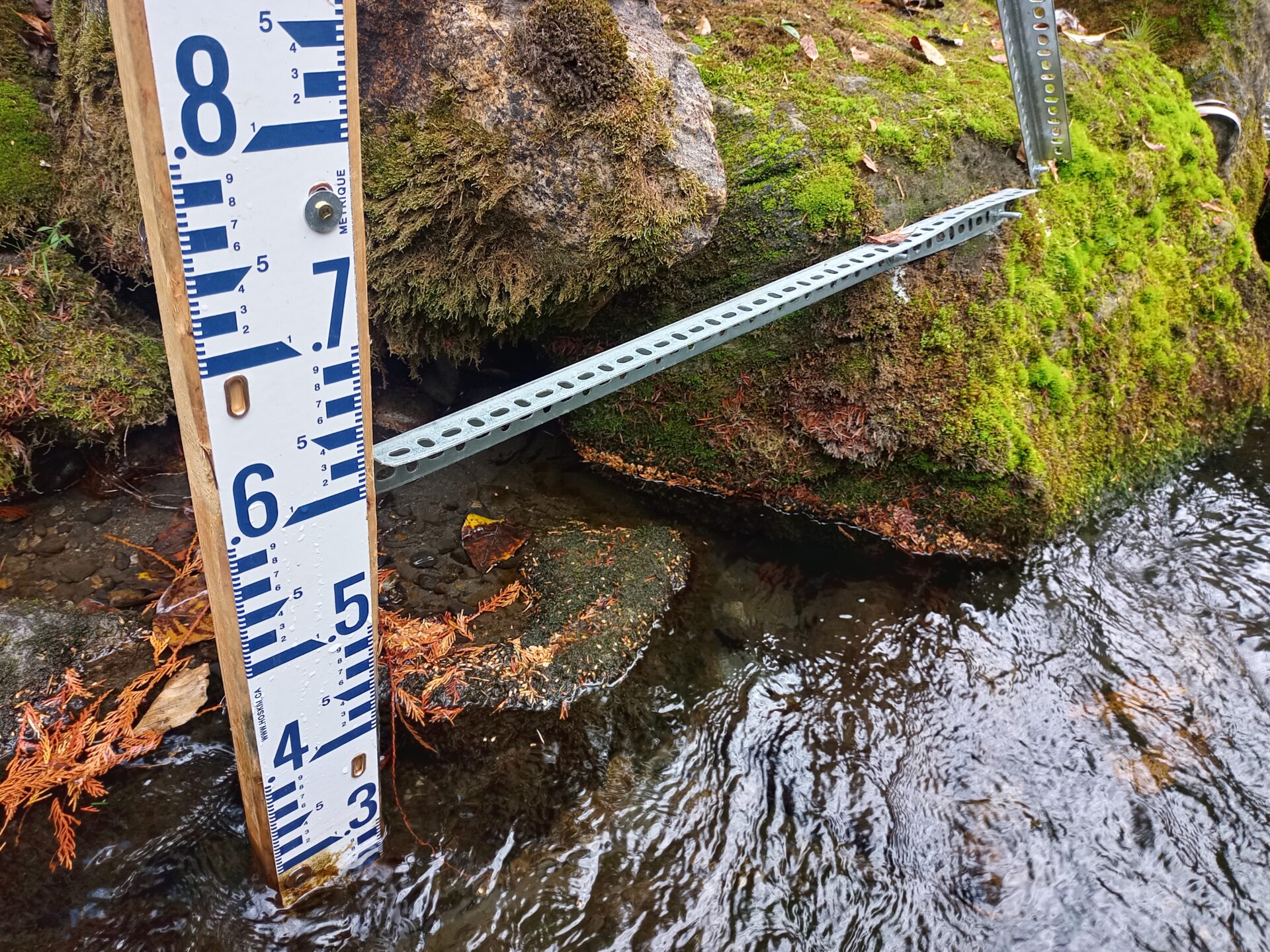

Biomonitoring: STREAM / CABIN
As land use pressures increase across Canada, the need for biomonitoring is on the rise to better understand the health of rivers and streams. In 2022, Living Lakes Canada continued to train and certify individuals and organizations in biomonitoring using the CABIN protocol adapted for the STREAM project (Sequencing The Rivers for Environmental Assessment and Monitoring). Throughout the year, our Biomonitoring team trained 32 people in multi-day CABIN-STREAM courses and facilitated the collection of 250 water samples by community-based water monitors. We expanded the STREAM project into Atlantic Canada, delivering our first biomonitoring training course in Fredericton, New Brunswick. Another project highlight was hosting the first virtual Data Workshop in partnership with the University of Guelph and Environment and Climate Change Canada to help STREAM participants better understand the data they had collected.
Indigenous concerns around threats to fish habitat prompted the S’ólh Téméxw Stewardship Alliance (STSA) and the Lower Fraser Fisheries Alliance to engage in STREAM training with Living Lakes Canada so their staff could learn to assess aquatic health for healthy salmon habitat. Our biomonitoring team also helped train 30 Selkirk College students in environmental DNA and wetland assessment.
A video detailing our biomonitoring activities was selected by ECO Canada as one of six finalists for their 2023 ECO Community Impact award, and the STREAM/CABIN program extended its impact from the field to a number of conferences and workshops including the B.C. Assembly of First Nations Water Dialogue Series, Genome Canada GAPP Lunch and Learn, and the Skeena Confluence of Minds Workshop.
“Stó:lō is looking for impacts on fish habitat, a concern for many STSA members. STREAM and the STREAM training provided by Living Lakes gives us an understanding of the quality of habitat to assess stressors on fish in some areas.”
Dr. Julian Yates, Research and Special Projects Manager for the Stó:lō Research and Resource Management Centre
Foreshore Integrated Management Planning
In Canada, lake shorelines are experiencing unparalleled development pressures, impacting shoreline habitat function, diversity, and aesthetic value. Foreshore Integrated Management Planning (FIMP) is a cumulative impact assessment tool that offers decision makers apparatus for addressing these issues. Through lake surveys, FIMP maps and assesses the foreshore condition of the entire lake, and identifies habitats that should be protected or conserved from development. The resulting Foreshore Development Guidelines aim to conserve sensitive habitats and ecosystems, support climate resiliency, and protect species of conservation concern. They also provide a benchmark by which to compare habitat changes over time.
2022 was the final year in our four-year contribution agreement with Fisheries and Oceans Canada to apply FIMP to priority Columbia Basin lakes. For the three lakes surveyed in 2021 (Slocan, Columbia, and Kootenay lakes), FIMP and Foreshore Development Guideline reports were published and shared publicly to inform decision making. Three additional priority lakes were surveyed in 2022 (Arrow, Trout, and St. Mary’s lakes) with reports expected in 2023.
We made numerous presentations on the FIMP program to various audiences, including the Canadian Water Resources Association conference, the BC Assembly of First Nations, the Okanagan Basin Water Board Boating Forum and Lake Country Council. The program was also featured in the North American Lake Management Society Lakeline Magazine Winter 2021-22 issue.
As part of our work to decolonize relationships with water across all our programming, Living Lakes Canada explored options to interweave Indigenous cultural, ecological, and archaeological foreshore values with the current FIMP protocol. Supported by three students from UBC’s Sustainability Scholars, an Indigenous Knowledge and Values Framework” was developed in 2022 in partnership with Brian Holmes, Councillor with the Upper Nicola Band. This groundbreaking framework will be assessed and field verified alongside a FIMP re-survey of Nicola Lake scheduled for summer 2023.
“The results of the FIMP update will be used in developing the final draft of the Columbia Lake Management Plan Update. We are grateful to have updated FIMP survey results to fill knowledge gaps and help in the development of the updated lake management plan.”
Nancy Wilson, Chair, Columbia Lake Stewardship Society

Monitoring Groups Partnered With
GOVERNMENT COLLABORATIONS
FIRST NATIONS COLLABORATIONS
OTHER COLLABORATIONS

National Lake Blitz
By recruiting and training volunteer lake monitors across Canada, the National Lake Blitz raises awareness of the impacts of climate change on lake ecosystems and the need for long-term monitoring to better understand lake health.
Building on the success of its inaugural year, the 2nd Annual Lake Blitz ran from May to September 2022. The program engaged 160 citizen scientists who monitored 113 lakes from the Yukon to Nova Scotia. Volunteers gathered data, including air and water temperature, and documented lake conditions with notes taken and photography.
Monthly “Volunteer Spotlights” showcased individual monitors from across Canada. Living Lakes Canada hosted a number of in-person and virtual Lake Blitz workshops and training sessions that engaged youth, seniors and educators. We delivered three Lake Blitz presentations to water stewardship groups in B.C., Manitoba and Ontario to empower current and future Lake Blitz participants and grow our relationships with other partner organizations. 2022 also saw the launch of the Lake Blitz Observation Map, an easy-to-use online platform that hosts and displays all the data collected by Lake Blitz volunteers.
In 2022, almost 300 photos of 160 lakes across Canada were submitted to the Lake Biodiversity Photo Challenge. Public Favourite and Judges’ Favourite winners were chosen across three categories (the photo to the left of Maclean Ponds, BC was Judges’ Favourite for Most Biodiverse by Lily Liang). The six winners took home great prizes offered by our gift sponsors Earth Rangers, Kicking Horse Coffee, LUSH, and David’s Tea.
In this second year of the National Lake Blitz, the number of monitored lakes jumped from 25 in 2021 to 113 in 2022 (an increase of 350%), the number of registered volunteers grew from 50 to 350 (a 600% increase), and there was a 55% increase in photo submissions to the Lake Biodiversity Photo Challenge.
“Collecting this data helps to build a picture of how our lakes are changing, what’s a natural, seasonal change and what might be impacts of climate change. Over time we’ll have a really good understanding of what’s normal and what isn’t.”
Megan Blackmore, 2022 Lake Blitz Volunteer, British Columbia
iTrackDNA
iTrackDNA was launched in 2022 as a collaboration between 52 partners and First Nation communities across Canada. Co-lead by the University of Victoria (UVic) and INRS (Institut national de la recherche scientifique), this innovative project has the goal to assess how climate change is impacting biodiversity by accurately detecting and tracking the movement of species of interest, including invasive species, culturally significant species, and rare and vulnerable species at risk.
iTrackDNA utilizes a method known as Targeted eDNA, whereby water samples are collected and analyzed for environmental DNA (eDNA). The analysis of eDNA – genetic material shed from organisms into their environment – can provide non-invasive, non-destructive, rapid, and cost-effective biodiversity information.
The iTrackDNA project is partnering with First Nations communities that have particular urgency in obtaining better resource management and decision-making tools. These initial partnerships are enabling Indigenous Ecological Knowledge to guide study design from inception.
In 2022, three Living Lakes Canada team members were trained on Targeted eDNA sampling and filtration methodologies by UVic and Hobbs Ecological Consulting. We will assist interested organizations with their sampling, offering knowledge in site selection and monitoring and support their efforts as they commit to maintaining the project moving forward.
Collaborations with one of the project partners, the Blueberry River First Nations (BRFN), began last year. To help identify which species and locations of interest to monitor, we supported BRFN with community engagement surveys. We also worked with the iTrackDNA project team to develop training modules for sampling protocols. A seven-minute film produced by the partnership explaining the project was released in October 2022.
“We gratefully received bridge funding from Living Lakes Canada to support community engagement for our collaboration on the iTrackDNA project. With this funding, we were able to prioritize locations and wildlife populations that community members would like to assess, and move forward with a study design.”
Mae Whyte, Blueberry River First Nations, Restoration Program Manager
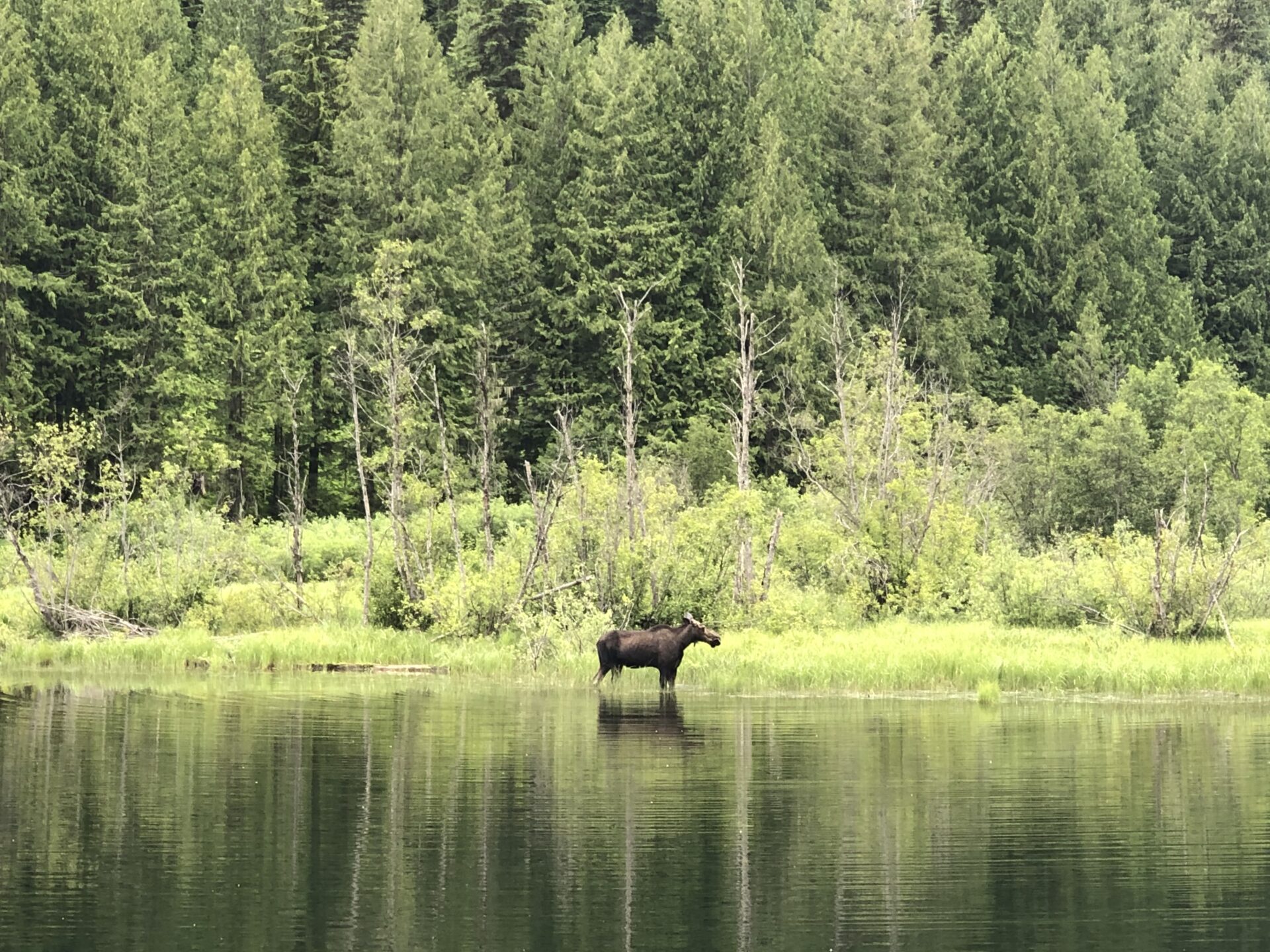
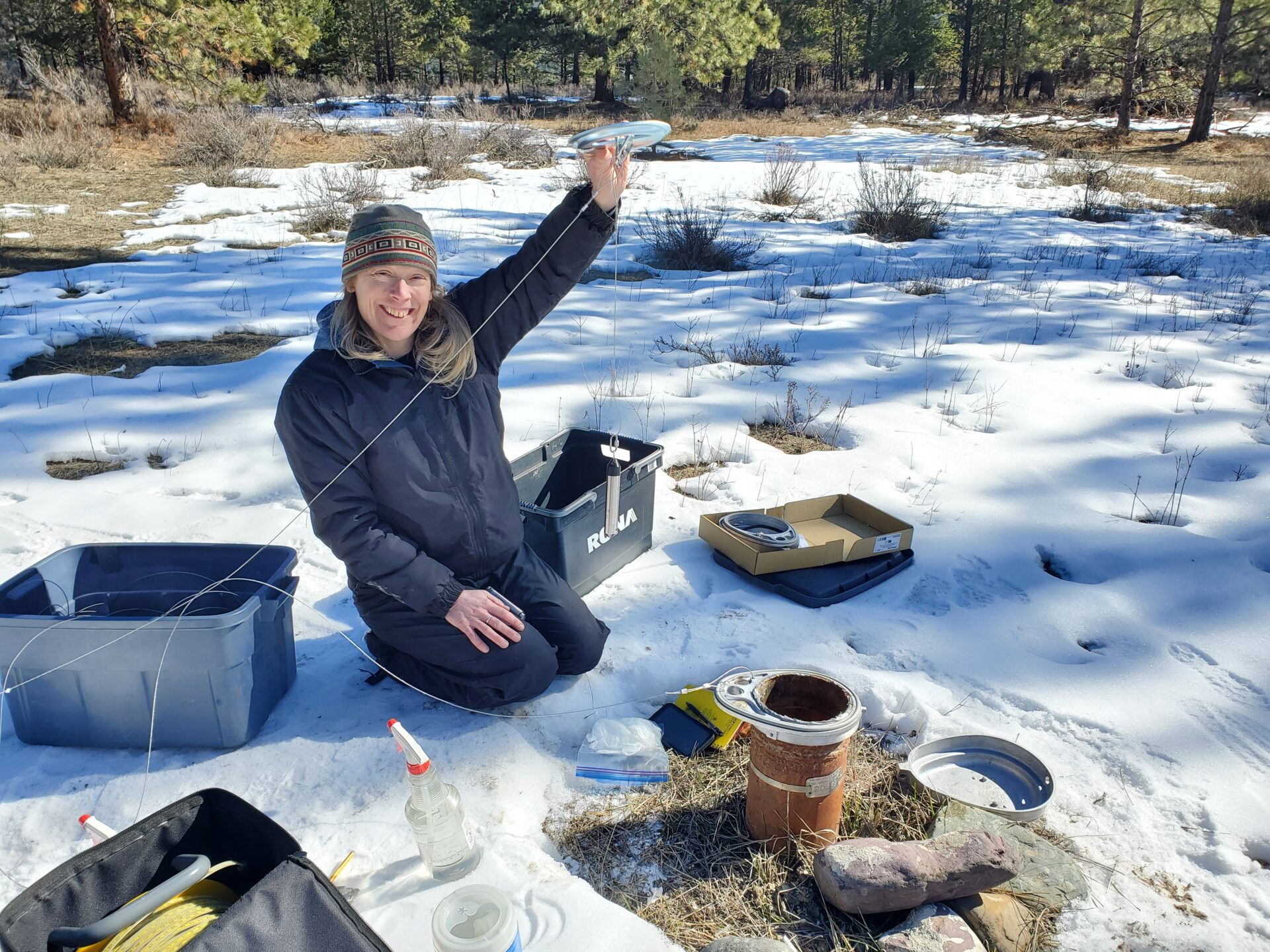
Columbia Basin Groundwater Monitoring Program
As surface water reliability decreases due to climate impacts, a greater understanding of groundwater systems becomes ever more important. Living Lakes Canada’s Columbia Basin Groundwater Monitoring program continues to grow this understanding. The program partners with existing well owners to establish Volunteer Observation Wells. In 2022, seven new monitoring wells were established in Columbia Basin communities. This brought the year-end total to 29 active monitoring wells, complementing the seven provincially monitored wells of the BC Provincial Groundwater Observation Well Network.
Throughout 2022, our staff connected with well owners, ensured the proper functioning of monitoring equipment, and downloaded the water data. The data collected details the seasonal changes in groundwater levels — including the impacts of spring runoff and drought conditions — and allows for year-to-year comparisons to be made. This data is made publicly available on the Columbia Basin Water Hub and the provincial government’s Real-time Water Data Tool and will be used to contribute to best water management practices.
The program also aims to increase groundwater literacy. In 2022, we partnered again with the Selkirk College School of Environment and Geomatics. Eighty hydrology students had the opportunity to apply concepts learned in the classroom to real-world well monitoring under the guidance of Groundwater Field Operations and Data Manager Carol Luttmer.
Carol was recognized by Ground Water Canada in a Fall 2022 feature podcast and article as one of four top women in Canada’s groundwater industry. The program was also featured in Ground Water Canada Magazine’s Winter 2022 issue.
“The Living Lakes Groundwater Monitoring Program has proven to be a beneficial resource for us at Western Water Associates. As hydrogeologists, we are constantly looking for sources of reliable groundwater data that are relevant to the watersheds in which we are working. The Living Lakes data is easily accessible and provides valuable insight into the seasonal and long-term trends of groundwater within specific regions.”
Paul Williamson, Hydrogeologist, Western Water Associates
High Elevation Monitoring Program
High elevation or alpine ecosystems are fragile environments that are especially sensitive to climate change. Changes at high elevation have impacts on glaciers, snow, vegetation and soils, and the watershed downstream. There is an urgency to start collecting data as many high elevation areas have never been actively monitored.
Living Lakes Canada developed the High Elevation Monitoring Program to address the climate challenges unfolding in alpine areas and fill data gaps. The aim of this program is to generate baseline data on alpine ecosystems and establish long-term monitoring to understand how these ecosystems and watersheds are responding to climate change.
In 2022, Living Lakes Canada piloted the High Elevation Monitoring Program in two areas of the West Kootenays, British Columbia. Within Kokanee Glacier Provincial Park, Lemon Creek, Sapphire Lake, Tanal Lake and Upper Joker Lake were studied. In the North Valhalla Range, Shannon Lake and Huss Creek were monitored. Much of the work of the pilot year involved consulting with professional hydrologists, biologists, and the Living Lakes Canada Advisory Team to develop the framework for the project to ensure meaningful scientific data was collected. Biomonitoring and map surveys were conducted, and lake level loggers along with temperature and light sensors were installed. Both water quality and quantity are being studied.
Alpine Club of Canada members helped build flora and fauna inventory by uploading field observations via the iNaturalist app. We also partnered with the Backcountry Lodges of British Columbia Association to collect snowpack data and promote the program among their guests.
Preliminary data from the pilot project will be available on the Columbia Basin Water Hub by June 2023. In time, the data is expected to be used by community members, researchers, the private sector, and all levels of government to inform water management and stewardship decisions.
After a successful pilot implementation, Living Lakes Canada is expanding the High Elevation Monitoring Program in 2023 with the addition of five new monitoring areas, two of which were recently part of Living Lakes Canada’s Kootenay Watershed Science program.
“Valhalla Mountain Touring is thrilled to provide support to the High Elevation Monitoring Program in the form of financial donations, sharing our daily snowpack data and hosting a climate station near our lodge. We are also very happy to spread the word about the great work done by Living Lakes Canada and the High Elevation Monitoring Program to the guests who visit our lodge to enjoy the spectacular landscapes of high mountain places. We believe that by helping the program monitor high elevation water bodies we can better aid in the protection of these sensitive ecosystems into the future.”
Jasmin Caton, ACMG Rock and Ski Guide, Valhalla Mountain Touring


Kootenay Watershed Science
The Kootenay Watershed Science program completed another year of streamflow monitoring at seven sites in the North Kootenay Lake region of the Columbia Basin. Notably, 2022 marked over 10 years of consistent monitoring at five different sites. Ten years is a significant milestone when collecting monitoring data. Streamflow records over this timeframe can be used to effectively estimate future streamflow and subsequently aid climate change mitigation and adaptation efforts.
Late in 2022, Kootenay Watershed Science (KWS) initiated work with remote communities of the North Kootenay Lake region to plan for wildfire mitigation. A project that will conclude in 2023 is bringing together the program’s understanding of local watersheds, collaboration with local government, and modelling of the data collected to deliver mapping of available water and recommendations for wildfire suppression.
Alongside streamflow monitoring, KWS continued to monitor three climate sites and complete snow surveys at two high elevation sites. The climate stations measure temperature and precipitation, while the snow surveys help to understand the region’s snowpacks and water availability, and contribute to flood forecasting and community safety.
Together with our High Elevation Monitoring Program, KWS began to study Upper Fletcher Lake near Kaslo, BC. The aim of this joint monitoring site is to assess the health and function of this alpine lake ecosystem as well as track climate change impacts.
Integrated Environmental Planning students at Selkirk College benefited from KWS expertise during a hydrometric monitoring lab. Living Lakes Canada program hydrologist Paul Saso led a hands-on field day at Anderson Creek near Nelson, BC where students learned about multiple streamflow measurement methods and the importance of considering streamflow in environmental planning.
“The climate, snow, streamflow and alpine lake monitoring datasets accumulated through the KWS program greatly improve our understanding of the watersheds in our region. This understanding will empower our communities to build a strong case for active watershed management that results in safe and healthy ecologies for a more resilient land base while continuing to provide essential assets such as air and water.”
Aimee Watson, Chair & Area D Director, Regional District of Central Kootenay
YOUTH directly ENGAGED with
DATA CONTRIBUTORS
PUBLIC WEBINARS HOSTED
Eastern Slopes Community-based Aquatic Monitoring Collaborative
Watersheds throughout the Rocky Mountains’ Eastern Slopes are facing a myriad of land use pressures, all of which have an impact on water quality and aquatic ecosystems. Recognizing the need for more monitoring to establish baseline conditions and measure change, Living Lakes Canada, in partnership with the Oldman Watershed Council, co-launched the Eastern Slopes Community-based Aquatic Monitoring Collaborative in 2021.
In 2022, Living Lakes Canada’s support of Eastern Slopes Collaborative activities continued. An Eastern Slopes coordinator was hired, and Living Lakes Canada facilitated the collection and analysis of 52 water monitoring samples from Collaborative partners through the use of CABIN sampling protocols and STREAM eDNA metabarcoding analysis. These samples will help to establish a baseline understanding of watershed conditions and track changes in rivers and streams throughout the region.
Potential threats to local watersheds and opportunities to deepen watershed knowledge were explored by Collaborative partners during an in-person event. Alongside the Bow River Basin Council, Living Lakes Canada co-hosted a Biomonitoring in the Bow Community Science Workshop in Calgary. The event facilitated knowledge-sharing among the 36 attendees and further highlighted the importance of collaboration between organizations and local communities when developing a water monitoring network. Turning data collection and analysis into actionable management results was prioritized. Workshop outcomes were captured in a full-length report.
Throughout the year, we also strengthened existing Collaborative relationships, including the University of Calgary, and formed new relationships with interested organizations such as Inside Education, Alberta’s largest environmental and natural resource education charity.
“Our main goals (for Biomonitoring in the Bow) were to provide a forum for the community to reconnect with one another and to allow for practical questions to be answered about biomonitoring… we were really pleased with the outcome of the workshop.”
Wendell Koning, Bow River Basin Council Science Committee Co-Chair

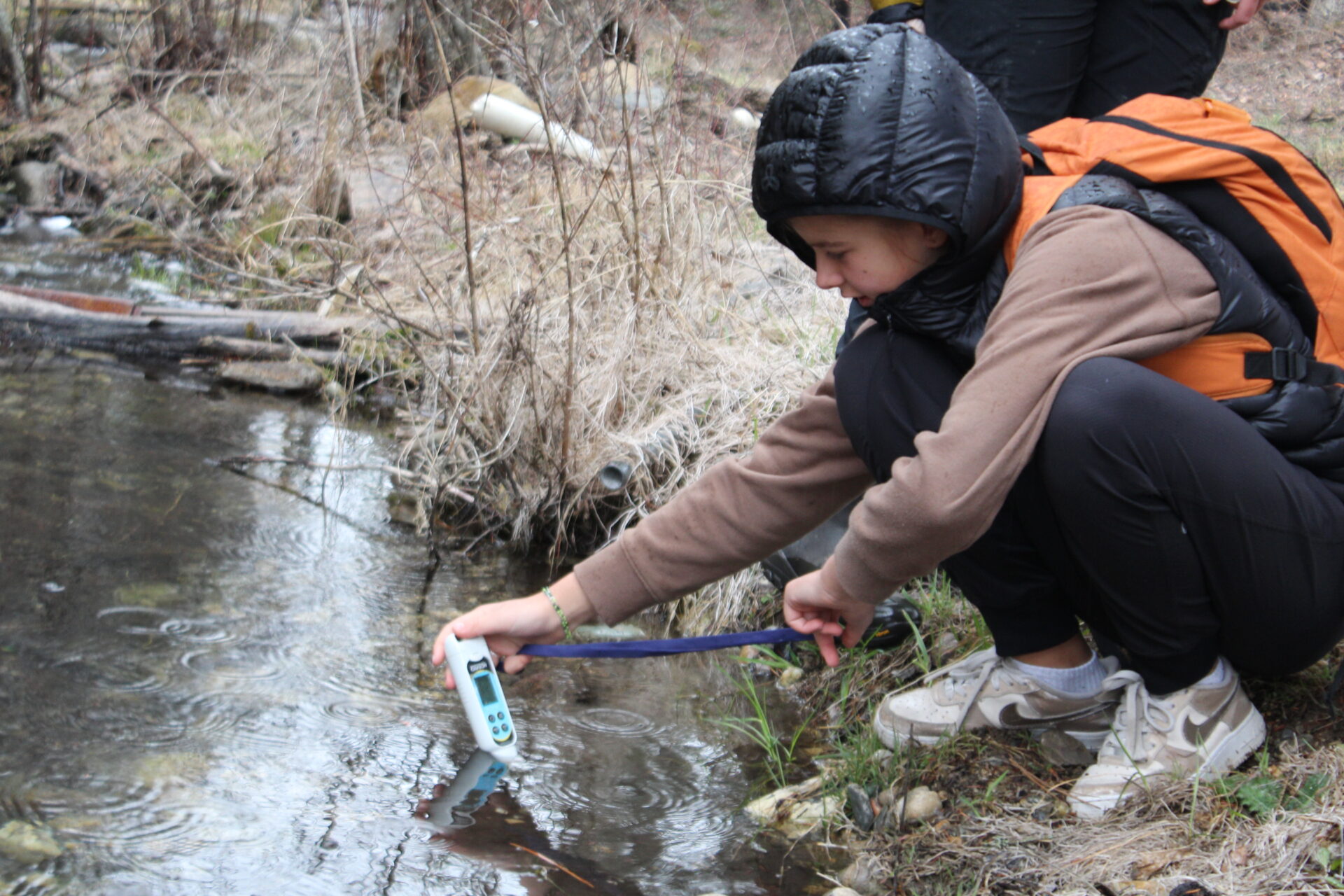
Centre of Water Excellence for Youth
Living Lakes Canada recognizes that many of the impacts of climate change on water will have a disproportionate effect on youth. Our Centre of Water Excellence for Youth delivers U30 youth-specific programming that promotes water literacy and educates and empowers youth to meet the water challenges of tomorrow.
Each of our program areas now has a focus on youth engagement, education and training. We partner with post-secondary institutions, youth groups and initiatives, and educational organizations to offer workshops, field days, and presentations. Some of the highlights from last year include:
Members of the Kimberley Youth Action Network and the ʔaq’am Guardians in Training program were brought together for two days of water monitoring mentorship and watershed awareness as part of an Earth Day Watershed Discovery event in April. In the summer, young adults with Wildsight’s Youth Climate Corps learned about lake health assessments and lake ecology in a 1.5-day LakeKeepers workshop that Living Lakes Canada co-hosted with the BC Lake Stewardship Society. Our High Elevation Monitoring program manager gave a lesson on alpine lake and stream system monitoring to a group of young adventurers with the Girls on Ice Kootenay expedition. We delivered a lake monitoring workshop that showcased our National Lake Blitz program to high school educators at the Classrooms to Communities 2022 Provincial Conference in Revelstoke. And our student intern Amelia Smart was able to support a variety of our water stewardship programs prior to pursuing a Master’s degree in hydrology.
At the post-secondary level, three UBC Sustainability Scholars were recruited to work on the FIMP Indigenous Knowledge and Values Framework in partnership with Upper Nicola Band; Three hydrometric training courses targeting young professionals were delivered to 24 youth under the age of 30 as part of the Columbia Basin Water Monitoring Framework program; and three days of groundwater monitoring workshops were delivered to 80 Selkirk College students in Nelson, BC. An intergenerational biomonitoring training course in the Fraser Valley with the Stó:lō First Nation closed off a busy 2022 field season.
“Working with the students was energizing. It is very inspiring to have young people be so interested in learning about water and how to monitor it. It gives me hope for the future that this generation is ready to take on the challenge of managing our precious water.”
Carol Luttmer, Field Operations and Data Manager for Living Lakes Canada’s Columbia Basin Groundwater Monitoring Program
Building support for a Canada Water Agency
Living Lakes Canada is a member of the Steering Committee for the Canadian Coalition for Healthy Waters (CCHW), a non-partisan coalition of more than 60 organizations advocating for federal government leadership and policy to support the health of freshwater across Canada. Other members of the Steering Committee include WWF-Canada, Ducks Unlimited, Canadian Wildlife Federation and the BC Freshwater Legacy Initiative.
In 2022, as a member of the CCWH, Living Lakes Canada continued to advocate for the creation of an independent Canada Water Agency and a historic investment of $1 billion over five years in the Freshwater Action Plan (FAP) to help fund the protection and restoration of freshwater across Canada.
Throughout the year we were invited to present on our water monitoring programs as models of on-the-ground projects that a pending CWA could fund. This included accepting an invitation to present to First Nations Chiefs, leaders, experts, technicians, and community members as part of the BC First Nations Assembly Water Dialogue Series on “Climate Change, Data and the Canada Water Agency”. We were a joint author of an article published in The Hill Times that encouraged the federal government to keep their 2021 election promise to create the CWA, fund the FAP, and renew the five-decade-old Canada Water Act. In Ottawa 2022, we joined other Steering Committee members for three days of meetings with various Members of Parliaments across all four federal parties to discuss the need for freshwater protection and encourage the federal government to act.
“According to a recent Canadian Climate Institute report, every dollar spent on adaptation measures saves taxpayers $13 to $15—this is a huge return on investment… Investing in the health of our waters builds climate resilience, supports job creation, advances reconciliation, and helps us deliver clean drinking water for all.”
OpEd by the Canadian Coalition of Healthy Waters published in The Hill Times
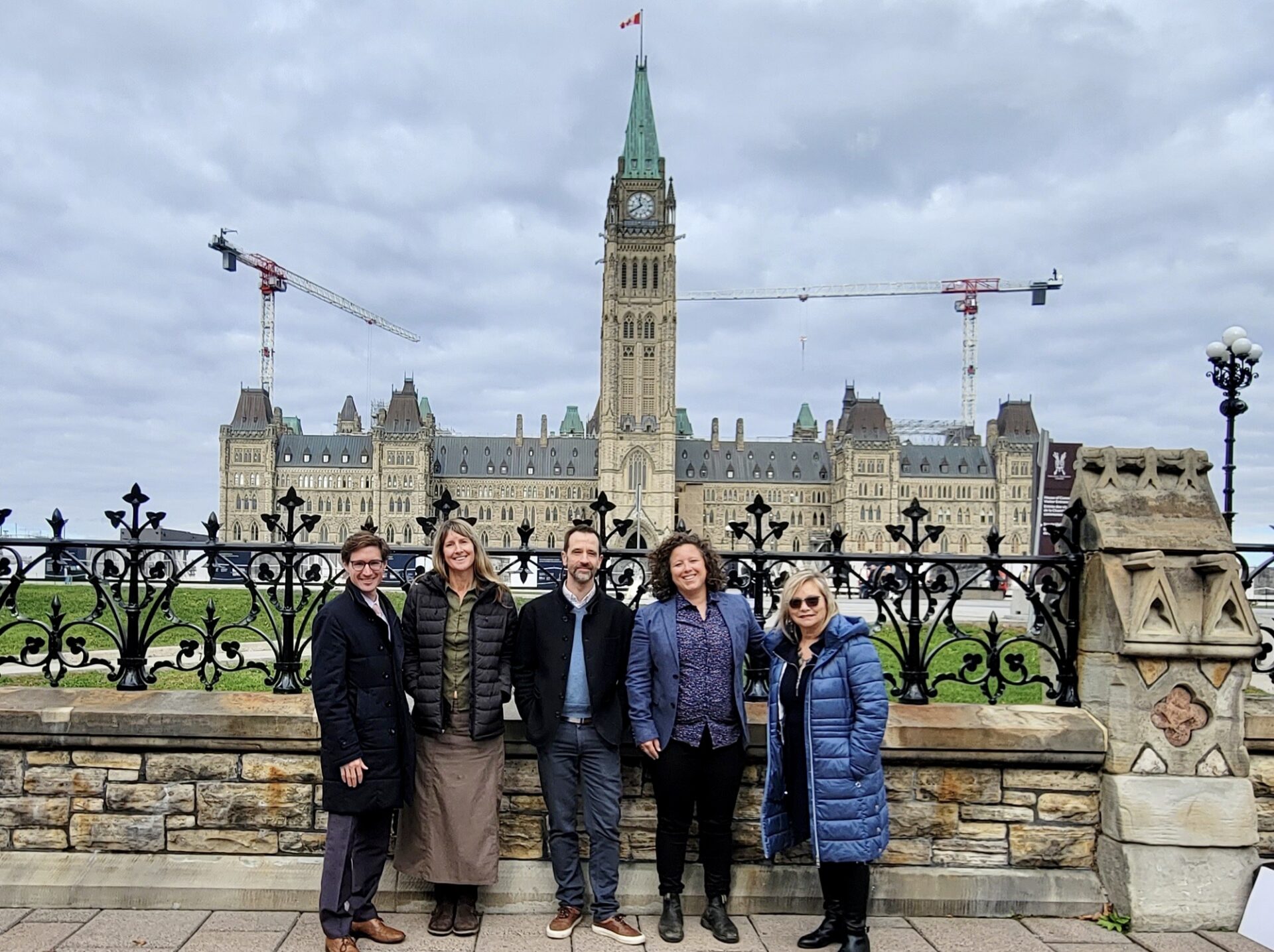
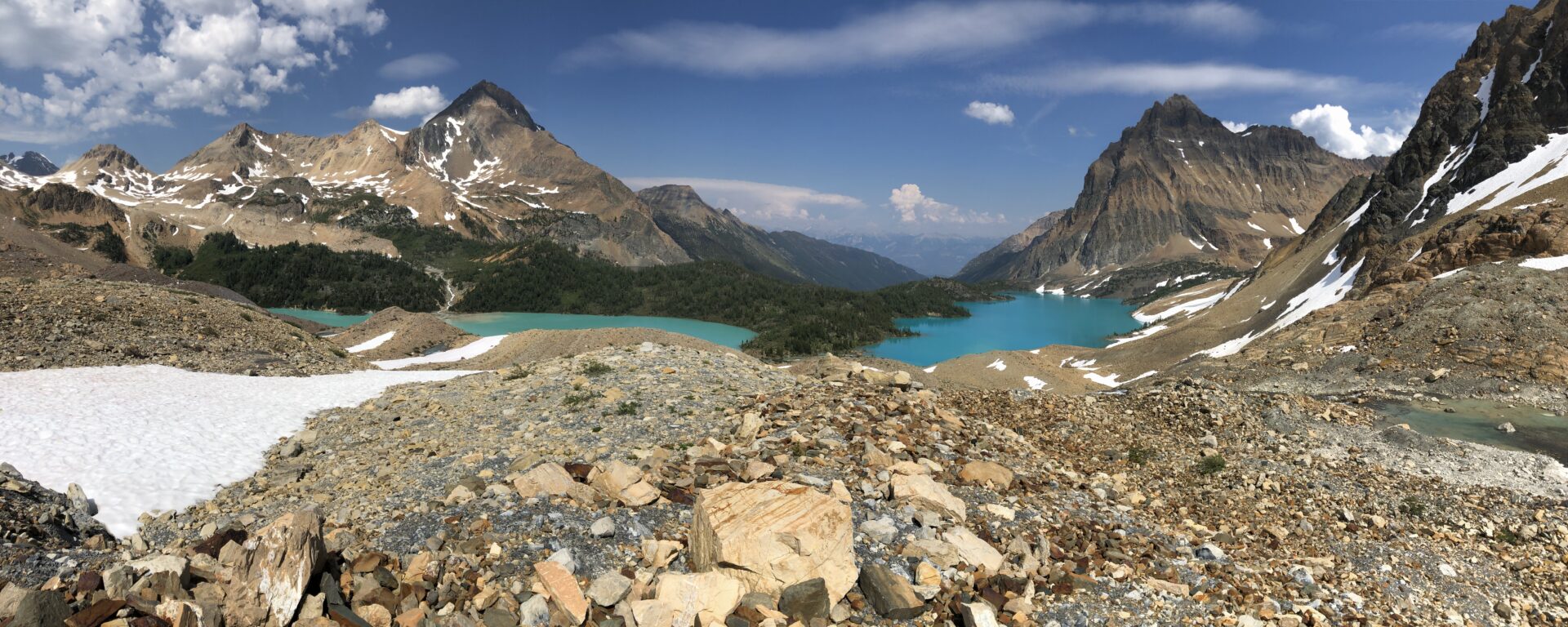
Working towards a BC Watershed Security Strategy & Fund
In 2022, Living Lakes Canada was vocal in supporting watershed protection and community climate adaptation in British Columbia. As a member of the BC Watershed Security Coalition – a collective and non-partisan voice for watershed security in B.C. – we continued to engage in solutions-focused dialogue with the Province to encourage the development of B.C.’s first Watershed Security Strategy and Fund.
In June, Living Lakes Canada Executive Director Kat Hartwig was invited to present to the Select Standing Committee on Finance and Government Services for the Budget 2023 Consultation as part of a panel organized by the BC Freshwater Legacy Initiative.
Living Lakes Canada applauds the Province’s actions in moving ahead with this long-awaited policy development. The Province subsidizes fossil fuels, forestry and farming sectors, and water must be regarded in the same way. Funding watershed protection is an opportunity to unite Indigenous and non-Indigenous communities in the protection, management, and governance of B.C.’s precious watersheds.
LAKES MONITORED
WATER HUB VISITORS
SOCIAL MEDIA FOLLOWERS
Our Financials
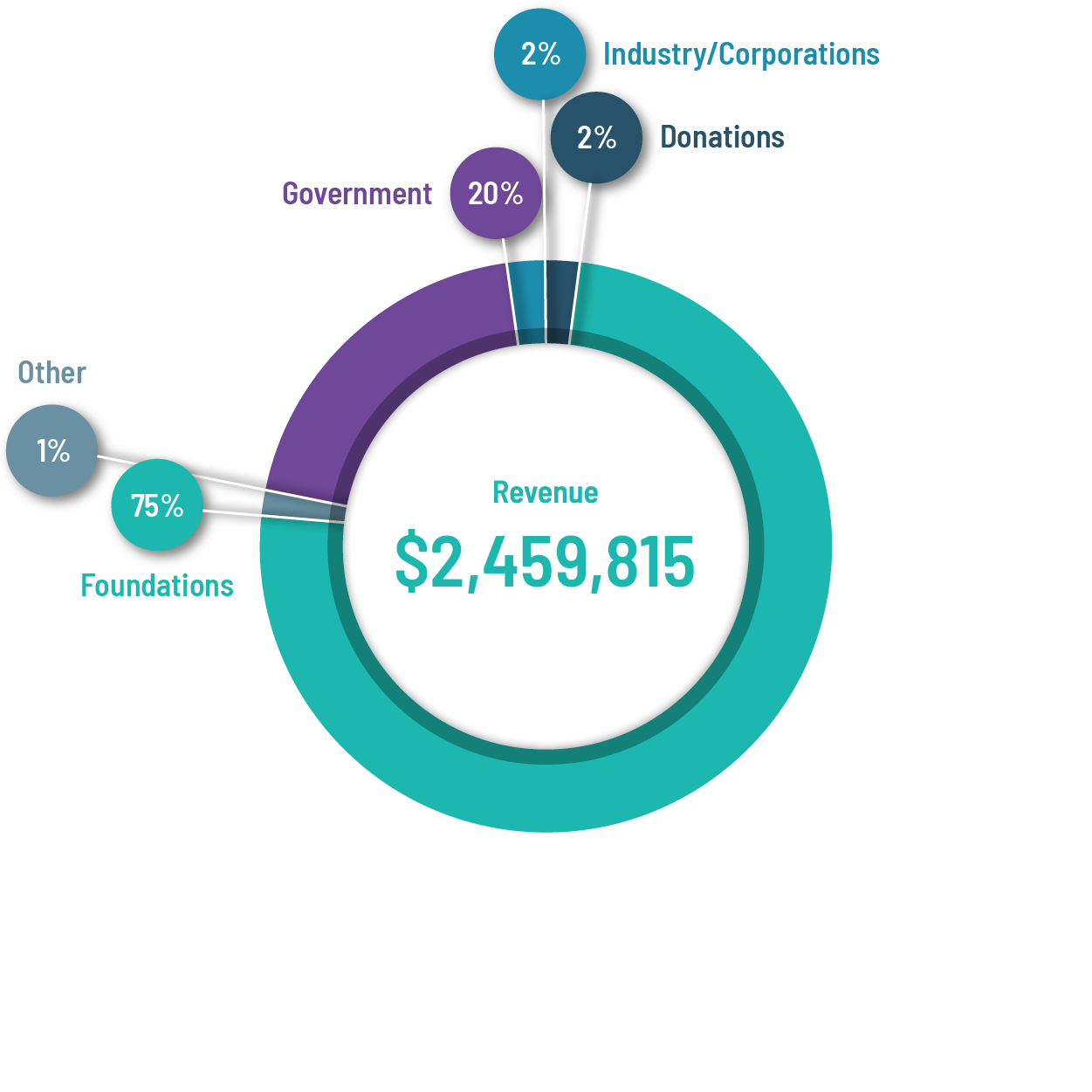

“In reporting on the achievements of Living Lakes Canada, we continue to acknowledge that this work is only possible because of our funders, our partners, and our dedicated team of board directors, advisors, staff, and contractors.”
– Kat Hartwig, Executive Director
Our Funders
Our Partners
Thank you to our partners & collaborators, past and present.
Invest in Living Lakes Canada
Your support helps communities and decision makers access tools, training and data that help them create sustainable and healthy communities and ecosystems.
Donate Today



